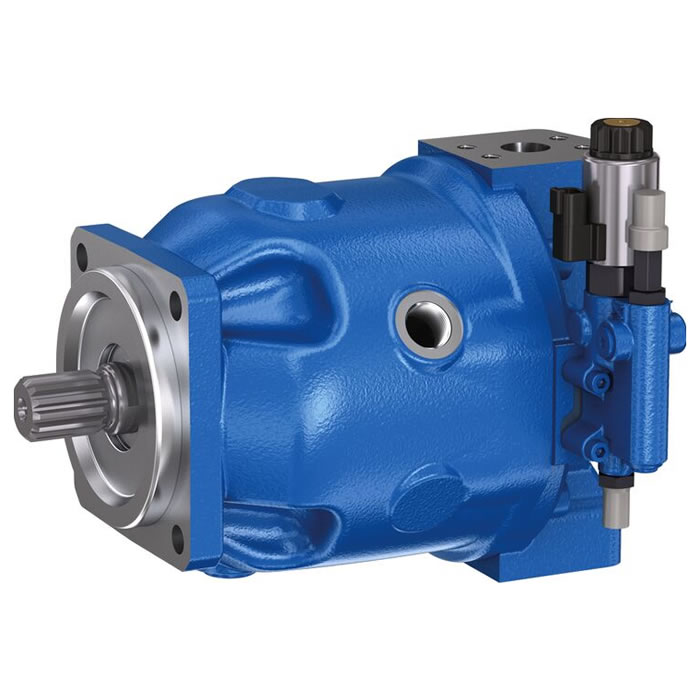Mastering Welding Equipment: A Definitive Guide
Wielding immense influence across various industries, welding equipment forms the nucleus for precise and robust material fusion. From the intricacies of manufacturing to the grandeur of construction projects, these tools hold immense significance in shaping sturdy structures and durable products. This guide delves into the realm of welding equipment, its versatile applications, and the pivotal role of tools like geogrid within this domain.

1. What comprises essential welding equipment?
Welding encompasses diverse techniques, each requiring specific tools. Core welding equipment includes:
- – Welding Machines: Power sources providing heat for welding, ranging from MIG, and TIG to stick or plasma arc welders.
- – Welding Helmets: Essential for safety against UV rays and debris during welding, ensuring visibility.
- – Welding Gloves and Aprons: Heat-resistant gear protecting welders from burns and sparks.
- – Clamps and Magnets: Aiding in securely holding materials during welding processes.
2. Where does welding equipment find applications?
The utility of welding equipment spans numerous industries:
- – Construction: Creating structural frameworks for buildings, bridges, and pipelines.
- – Manufacturing: Essential for fabricating machinery, vehicles, and consumer goods.
- – Automotive Industry: Vital in vehicle assembly and repairing metal components.
- – Aerospace: Critical for precision construction of aircraft components.
3. How does geogrid interplay with welding equipment?
Geogrid, a civil engineering material, plays a pivotal role in reinforcement applications. It finds usage in soil stabilization, road construction, and retaining wall installations. Geogrid welding machines, a facet of welding equipment, aid in bonding geogrid materials, bolstering their strength and stability for enhanced performance in various engineering projects.

4. Why is maintaining welding equipment crucial?
Maintenance is pivotal for welding equipment’s safety and efficiency:
- – Safety Assurance: Preventing accidents due to malfunctioning tools.
- – Consistency: Ensuring uniform welding quality and performance.
- – Cost-Efficiency: Reducing the need for frequent repairs or replacements.
Welding equipment remains the linchpin across diverse industries, facilitating seamless material fusion. Its multifaceted applications, from erecting towering structures to reinforcing geogrid foundations, underscore its indispensable nature. Understanding the spectrum of welding tools and their applications empowers industries to craft enduring structures and products that withstand the test of time.

